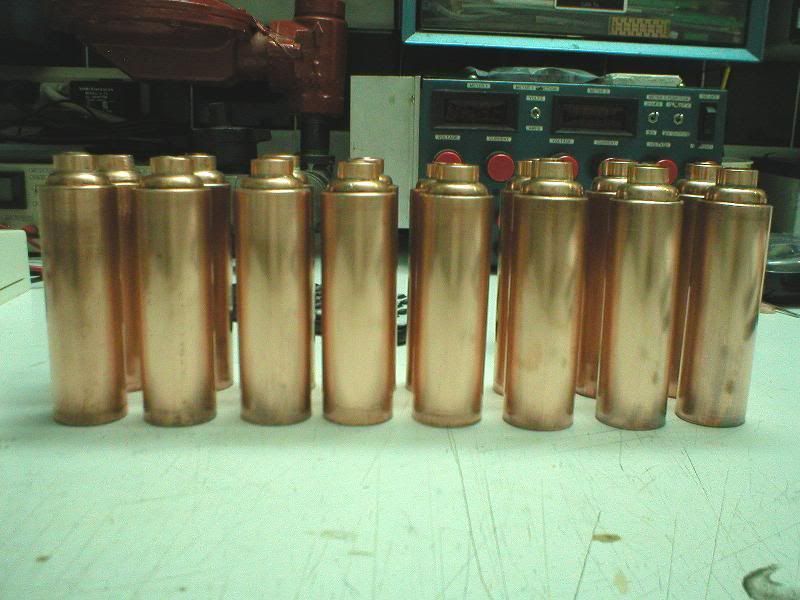ddrueding
Fixture
This thread started as a PM from me to jtr, inquiring about him doing some work. I figured others here might be interested, so here it is.
My wife brought over an antique chandelier home from Moscow. Ok, it isn't an antique, but it is a family heirloom of sorts. In fact, it is new enough that it is electric with fake candles. 10 fake candles to be precise. This thing was built in the '60s, and designed to run on 220v. It has no certifications, no safety ratings, and would likely void my homeowners insurance if I used it as-is.
My thoughts are to have a certified AC->DC power supply in a junction box in the attic, then make everything in the fixture low voltage (so no certification is needed, and there is no risk of fire/etc).
Mission #1 - Minimal wiring:
This actually hangs from the ceiling from a hook, and has a chain section. Minimizing the number of wires leaving the ceiling would be great. There is some space in the fixture itself for a circuit board/logic/power distribution board.
Mission #2 - Candle-like appearance:
Originally it had some plastic tubes with incandescent bulbs sticking out the top, improving on that would be great. Some option for flickering might be neat, but it would have to be switchable.
My wife brought over an antique chandelier home from Moscow. Ok, it isn't an antique, but it is a family heirloom of sorts. In fact, it is new enough that it is electric with fake candles. 10 fake candles to be precise. This thing was built in the '60s, and designed to run on 220v. It has no certifications, no safety ratings, and would likely void my homeowners insurance if I used it as-is.
My thoughts are to have a certified AC->DC power supply in a junction box in the attic, then make everything in the fixture low voltage (so no certification is needed, and there is no risk of fire/etc).
Mission #1 - Minimal wiring:
This actually hangs from the ceiling from a hook, and has a chain section. Minimizing the number of wires leaving the ceiling would be great. There is some space in the fixture itself for a circuit board/logic/power distribution board.
Mission #2 - Candle-like appearance:
Originally it had some plastic tubes with incandescent bulbs sticking out the top, improving on that would be great. Some option for flickering might be neat, but it would have to be switchable.














